Stool in babies: norms and possible problems
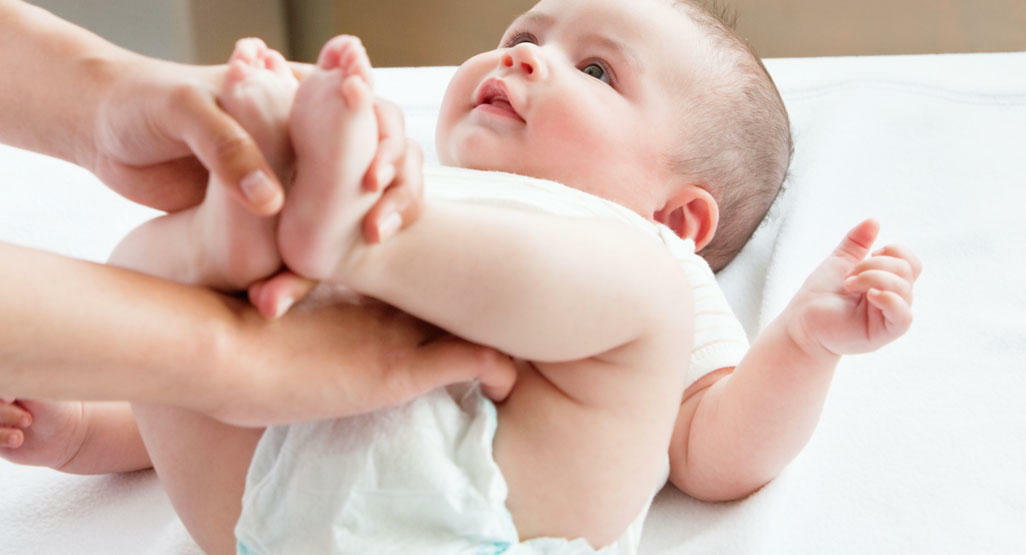 Even in the maternity home, nurses and pediatricians ask mothers when they go around, as in the newborn there is a process of emptying the intestines.The fact is that the stool of a baby is one of the most important indicators of a child's health - and, like those who are breastfeeding, and those who are on artificial feeding.
Even in the maternity home, nurses and pediatricians ask mothers when they go around, as in the newborn there is a process of emptying the intestines.The fact is that the stool of a baby is one of the most important indicators of a child's health - and, like those who are breastfeeding, and those who are on artificial feeding.
Why is it important to control the stool of a babe?
Why is it so important to control the stool of a babe:
- he will point out the problems in the work of the gastrointestinal tract;
- can assess the level of nutrition of the child;
- for some changes in the stool can determine the development of pathologies of organs and systems that are not related to the digestive tract.
A child in the baby age rolls daily, and even several times a day - this allows even parents without medical education to react quickly to changes in the stool, pay attention to this moment pediatrician or health visitor.Of course, for this it will be necessary to master at least a minimum knowledge of what a stool in a baby should normally be, which can be considered deviations from the norm and in what cases it is worth calling a doctor.All this information is laid out in the presented material.
What is a stool in the norm and possible variations
Immediately remember - the norm for a stool in babies is a relative term.Someone swings 3-4 times a day, and the stool is a yellowish mush, and some children defecate once every 1-2 days and this is the norm for them.How can you determine how well the baby stool fits into the normal parameters?
Feces frequency
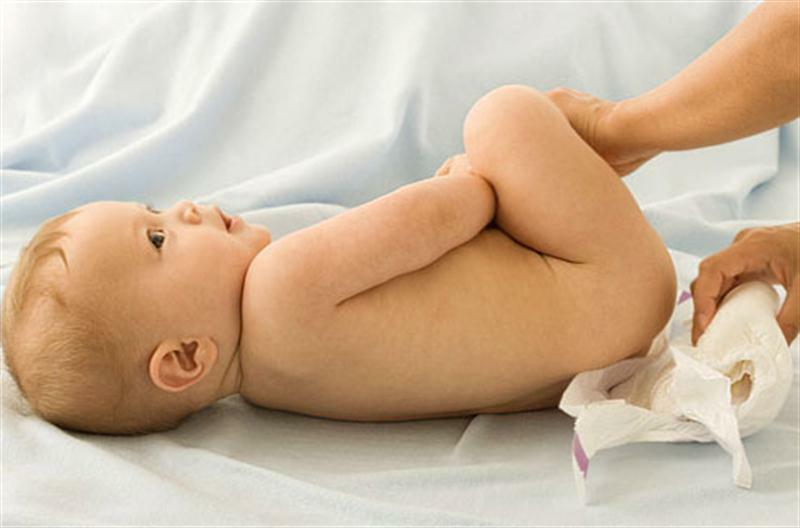 For 2-3 days of life, the transitional stool begins to depart from the newborn - it has a yellow-green color, it may be a dark green semi-liquid consistency, which is absolutely normal.
For 2-3 days of life, the transitional stool begins to depart from the newborn - it has a yellow-green color, it may be a dark green semi-liquid consistency, which is absolutely normal.
On the 4th-5th day of the child's life, the feces schedule is already set, and the frequency of the stool in children fluctuates and in a sufficiently large amplitude - from 10-12 times a day to 1 time in 2 days.It is noted that most newborns cough either during feeding or after eating.
Note: if the child croaks 1 time in 2 days, but at the same time behaves calmly, the act of defecation passes without cries and strong straining, then such a rhythm of feces can be considered an absolute norm.
As the child grows, the number of bowel movements also changes - for example, if in the first 1-2 months of life the baby is crooked 8-10 times a day, then by 4-5 months the amount of bowel movements decreases to 5-6 times a day, and to12 months - 1-2 times a day.It is noteworthy that if a child has been coughing once every 2 days in the baby, this frequency of stool remains in the future.
Fecal count for feces
This indicator depends only on the child's diet.For example, in the first 2-3 months of breastfeeding he will have very few leaves - no more than 5 grams per bowel movement, but by 12 months this amount will be increased to 100-200 g per day( about 60 g per defecation act).
Consistency of stool in infants
Generally, it is considered normal to have a stool in a babe when it is a mass of soft, mushy consistency.But even this index can be variable - for example, a stool in the form of a gruel with a small amount of lumps will be considered a norm.
As the child grows, the consistency of the stool will necessarily change - it will become more dense.But keep in mind - to 6 months of the child's life, the feces will already be quite decorated, but still will remain soft.

Color of feces in infants
Yellow with white lumps, dark yellow, tan, golden yellow and in general all variations of yellow color for feces of babies will be the norm.But just keep in mind that as soon as the child is switched to artificial food or the vegetable / fruit purees begin to be present in the diet, the color of the stool becomes darker, and by the 12 months of the baby's life it becomes dark brown.
Do not worry, and in the case of feces of green in the baby - this is also the norm, and green stool becomes due to the presence of bilirubin or biliverdin in it.You need to know that bilirubin with feces in the baby can be allocated up to 6-9 months of age, so a green stool in this age period can be considered an absolute norm.There are no reasons for excitement and in the case of yellow fever, which then turns green - this means that bilirubin is extracted with a stool in minimum amounts, in air it simply acquires a characteristic shade.
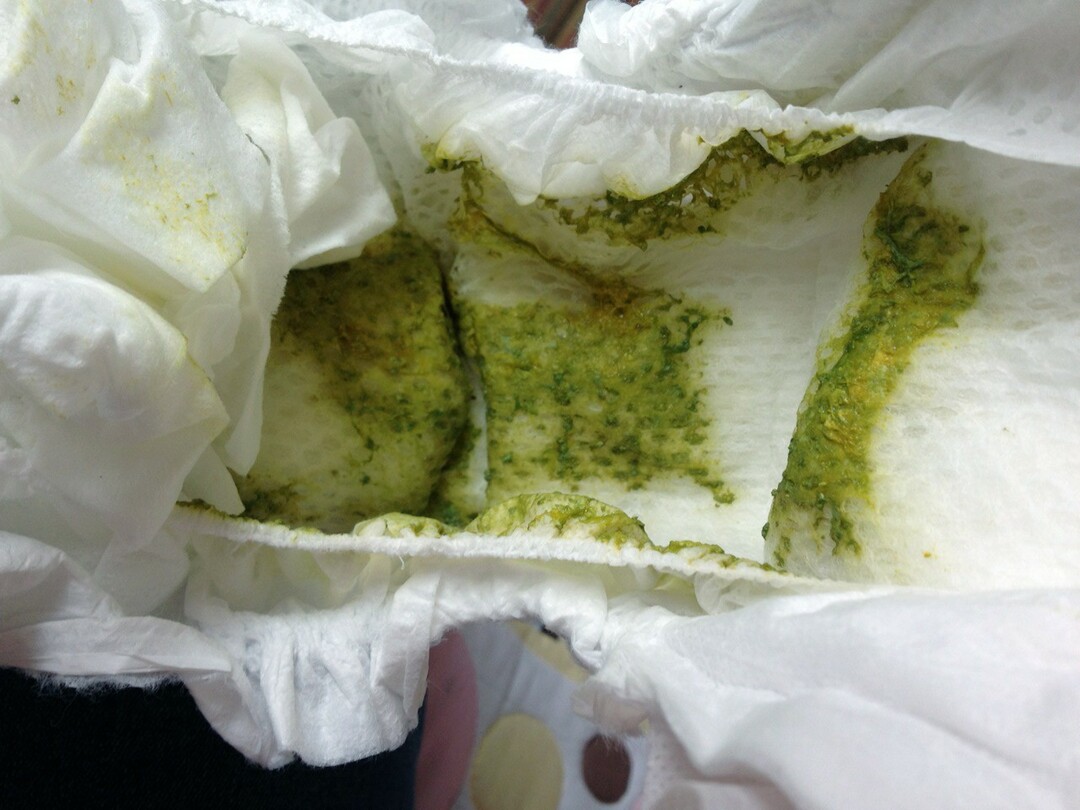 Note: if the feces were yellow in the first days / weeks, and then the presence of green veins is found in it, or if the whole becomes greenish, this may indicate a lack of milk in the mother, functional digestive disorders or development of whatEither pathology.
Note: if the feces were yellow in the first days / weeks, and then the presence of green veins is found in it, or if the whole becomes greenish, this may indicate a lack of milk in the mother, functional digestive disorders or development of whatEither pathology.
Odor of stool
The norm is considered to be a specific, slightly sour, but not fetid smell of stool in a baby breast-feeding infant.But if the baby is on artificial feeding, the feces will have an unpleasant smell, fetid.
Possible admixtures
According to medical concepts, any admixtures in feces( pus, blood, greens, mucus, fat) are pathology, but the period of newborn babies is considered special, so in this case, pathological impurities in the stool can be the norm.About the cases in which the green color of the stool is the norm, has already been described in detail above. And that's what the doctors say about other impurities:
- White lumps - they can appear when the baby is overfed or on the background of an imperfect digestive system, inadequate production of enzymes.If the child behaves adequately and the weight gain corresponds to the norm, then such impurity in the stool can be ignored.
- Mucus - this admixture is generally considered the norm, even if in the infant age it is present in the stool in large quantities.
- Undigested food particles - may appear in the feces when introducing complementary foods.As a rule, during 5-7 days the feces normalize, but if this did not happen, then the lure should be canceled - most likely, it was introduced early in age.
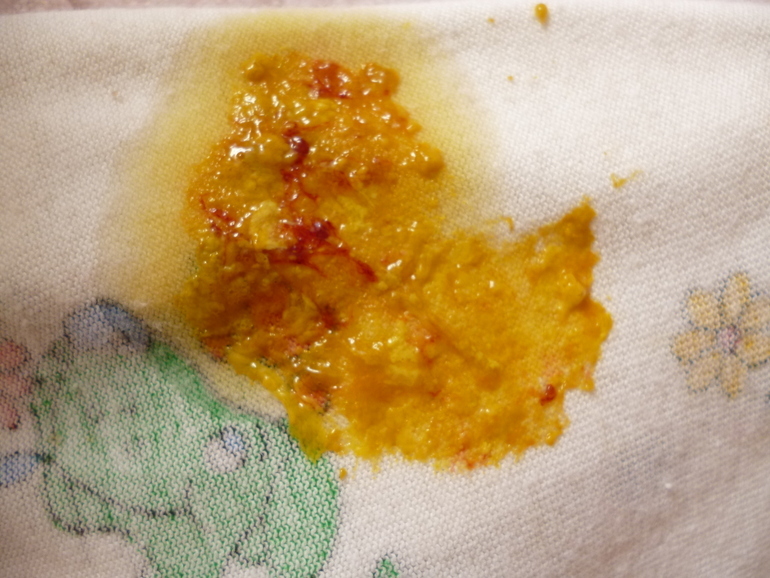 Note: in the feces of the infants should not have blood and pus - these impurities indicate serious problems in the work of the gastrointestinal tract and, possibly, other organs and systems.In case of detection of pus and blood in the stool, you should immediately call a doctor.
Note: in the feces of the infants should not have blood and pus - these impurities indicate serious problems in the work of the gastrointestinal tract and, possibly, other organs and systems.In case of detection of pus and blood in the stool, you should immediately call a doctor.
How does the chair change in connection with a baby's nutrition?
The nutrition of a baby who is breastfed depends entirely on what is included in the mother's diet.If she adheres to the recommended diet, avoids fatty, spicy dishes, then the stool of the baby will be within the norm - a yellowish or greenish color, a mushy consistency, regular bowel movement, no constipation and colic.
If the mother uses a lot of fatty foods, then in the feces of the babe will be present white lumps, digestion in the child is difficult, which can lead to constipation.If Mom consumes too many digestible carbohydrates( for example, baked pastries), then the stool of the baby will become liquid and foamy, rumbling in the abdomen, swelling, intestinal colic will be present.
There are a number of specific products, when used by a nursing mother, an infant may develop an allergic reaction.And it will manifest not only the rashes, anxiety and redness of the cheeks in the child, but also changes in the stool - the feces become liquid, with a lot of mucus.
The lack of milk from the mother will also immediately "manifest" on the character of the feces - it becomes harder, eventually becomes generally "friable", permanent constipation begins, the child screams and knocks when trying to defecate( as it reacts to intestinal colic).
We recommend that you read:If the baby is on artificial or mixed feeding, the chair will have a dark yellow or brown tint, the frequency of bowel movements will be less than that of breastfeeding, constipation or diarrhea may occur from time to time, flatulence with difficult separationGases.
Note: if the baby is fed with iron-containing compounds( this is usually the case with anemia of newborns), then the stool color will be pronounced green.And if the child is fed not with special mixtures, but with cow's milk, the feces will differ in fat glitter, bright yellow and "cheesey" smell.
How does the stool change when introducing complementary foods
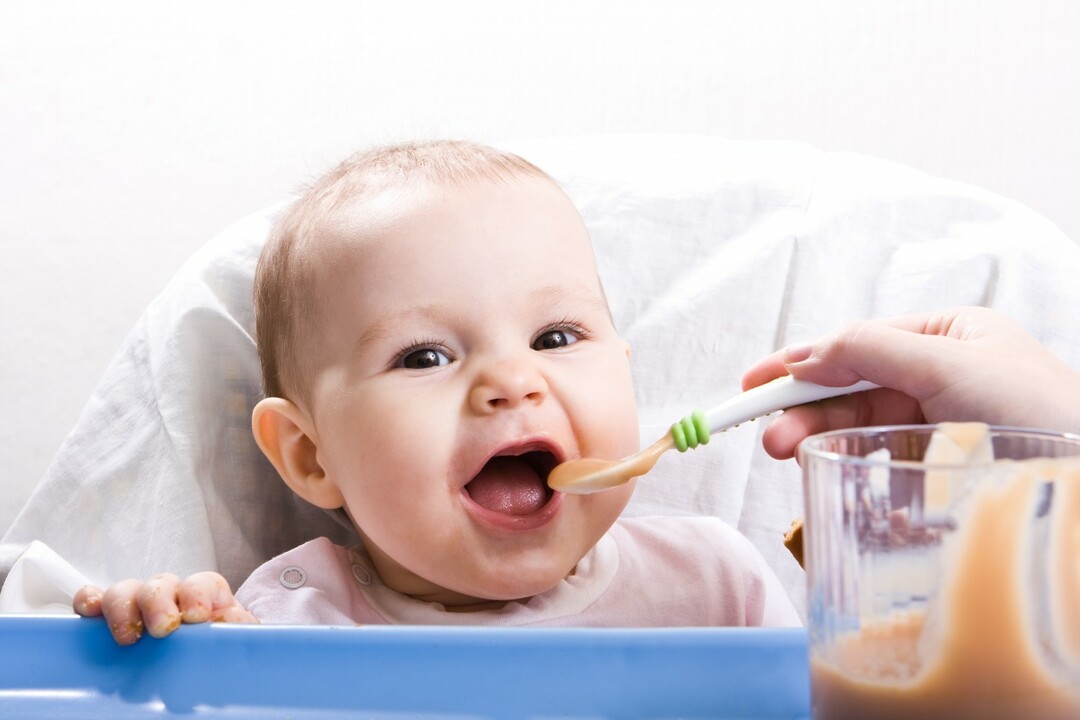 Lure is considered a new type of food for the baby, the digestive system will begin to adapt to it and produce specific enzymes for digestion.In the early days of complementary feeding, Mom can pay attention to the fact that in the stool of the child there were undigested pieces of food and an increased amount of mucus.If such a change in the stool does not lead to a change in the state of the baby( the baby does not cry, the feces leave freely), then you need to continue to give the lure to it, carefully monitoring the amount of excreted feces, the frequency of stool and the character of the stool.
Lure is considered a new type of food for the baby, the digestive system will begin to adapt to it and produce specific enzymes for digestion.In the early days of complementary feeding, Mom can pay attention to the fact that in the stool of the child there were undigested pieces of food and an increased amount of mucus.If such a change in the stool does not lead to a change in the state of the baby( the baby does not cry, the feces leave freely), then you need to continue to give the lure to it, carefully monitoring the amount of excreted feces, the frequency of stool and the character of the stool.
There are some dishes that can cause a lax effect - for example, boiled carrots.Moreover, it is not even digested, but goes along with the liquid feces in unchanged form.If the parents did not have the task of correcting the stool, getting rid of constipation in the baby, then with this "lure" you need to cancel the introduction of carrots into the diet of the child and switch to more sparing vegetables - for example, potatoes, zucchini.And if you enter into the food of the baby rice porridge, then the chair will surely be fixed.It is necessary to take into account such peculiarities of the influence of various products on the digestive system, so as not to worry and not to take any cardinal measures with the slightest changes in the stool.
We recommend to read:In general, the following changes in the stool are considered the norm when introducing complementary foods:
- feces become more dense;
- the color of the stool varies from yellow to brown;
- stool masses become non-uniform;
- may cause diarrhea or constipation.Knowing which stool of a baby can be considered the norm, parents will simply find out how healthy the baby is. "
.When identifying changes that can hardly be called physiological, it is necessary to call a doctor at home and describe to him a complete clinical picture - this will guarantee the timely detection of pathology and the appointment of effective treatment if necessary.
Tsygankova Yana Aleksandrovna, medical reviewer, therapeutist of the highest qualification category



